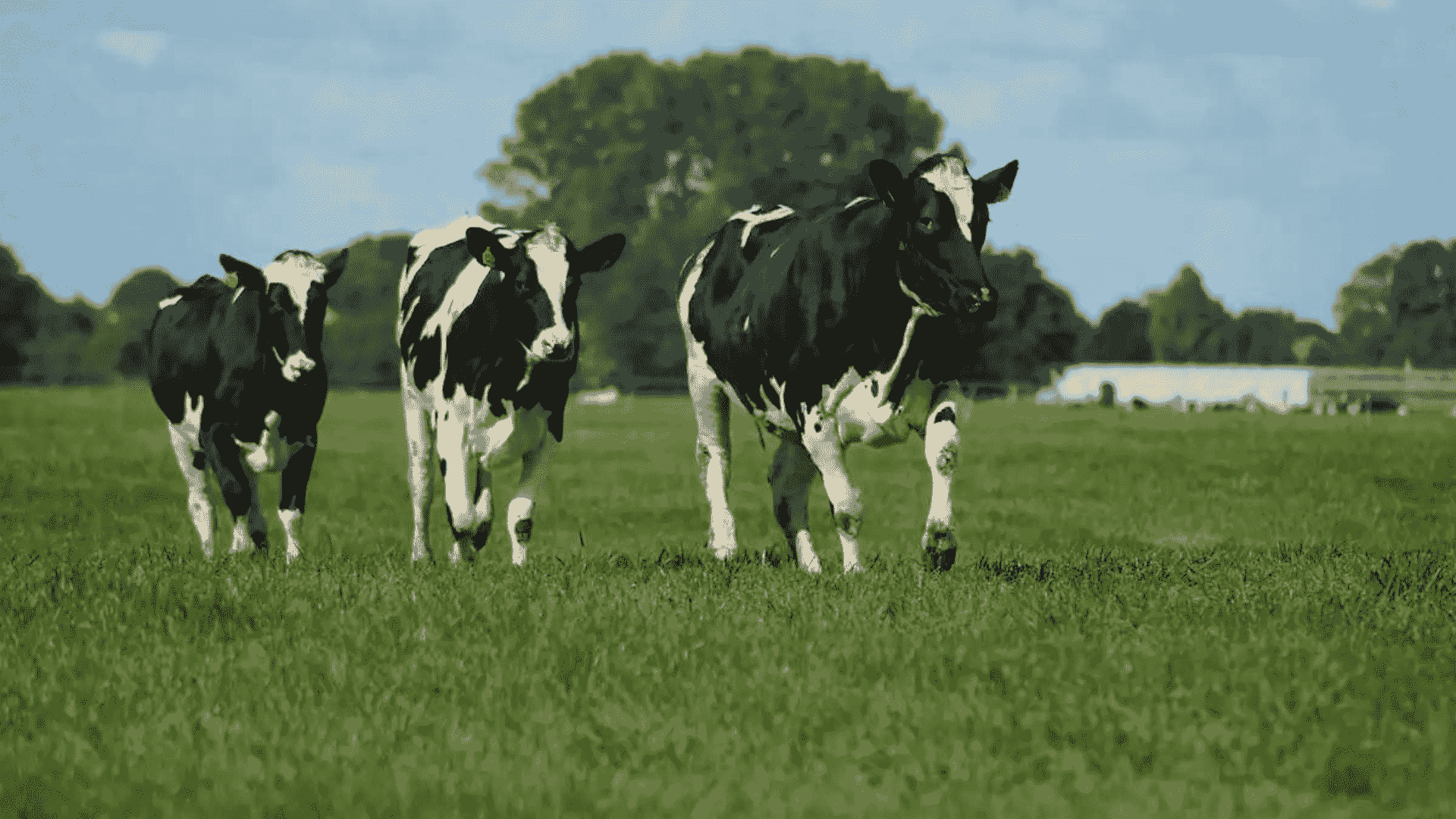The avian flu strain A/H5N1 emerged in 1996, but since 2020, there has been a significant rise in the number of bird populations contracting the virus and an increasing number of mammals have also been affected.
Experts were surprised when cows and goats were included in the list in March, as until that point, it was not believed that these animals could be affected by this specific virus.
“In the United States, a new H5N1 virus has intermingled with local viruses, and has the ability to multiply extremely rapidly in a cow’s udder,” stated Jean-Claude Manuguerra, who leads the Pasteur Institute’s department focused on infection risks and environmental concerns in Paris.
Most researchers think that even if the avian flu virus infects a human, there’s a slim chance of extensive spread based on current test results.
“Is the fact that virus traces have been found in cow milk worrying? No, although the fact that another animal is susceptible to contamination by this virus is not good news,” stated Virologist Bruno Lina, based at Lyon Hospital in southeast France.
“There’s a risk of random cases, in animals or humans. But we’re not seeing any major mutation of the virus that would lead to a greater pandemic risk than three or four months ago,” he stated.


